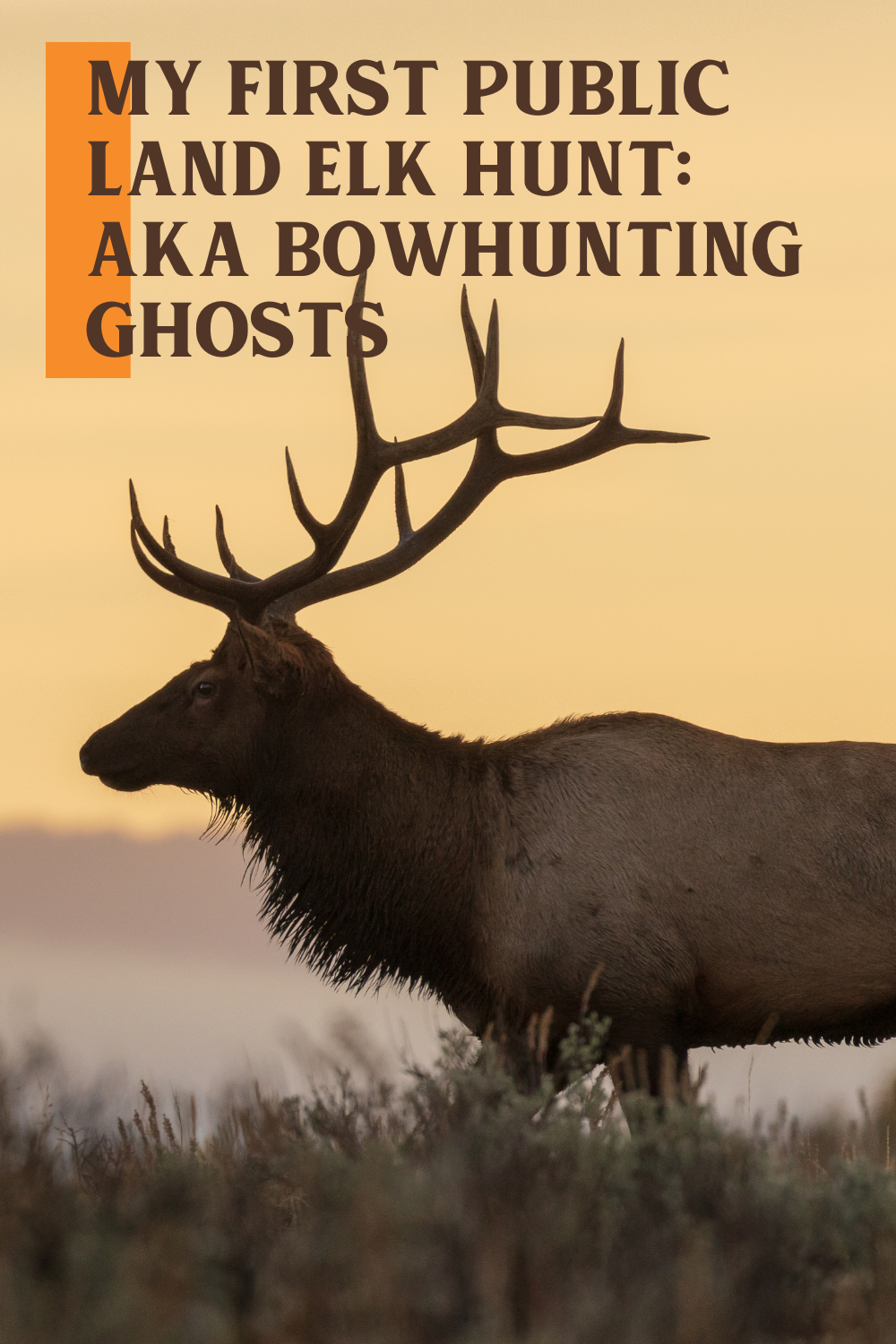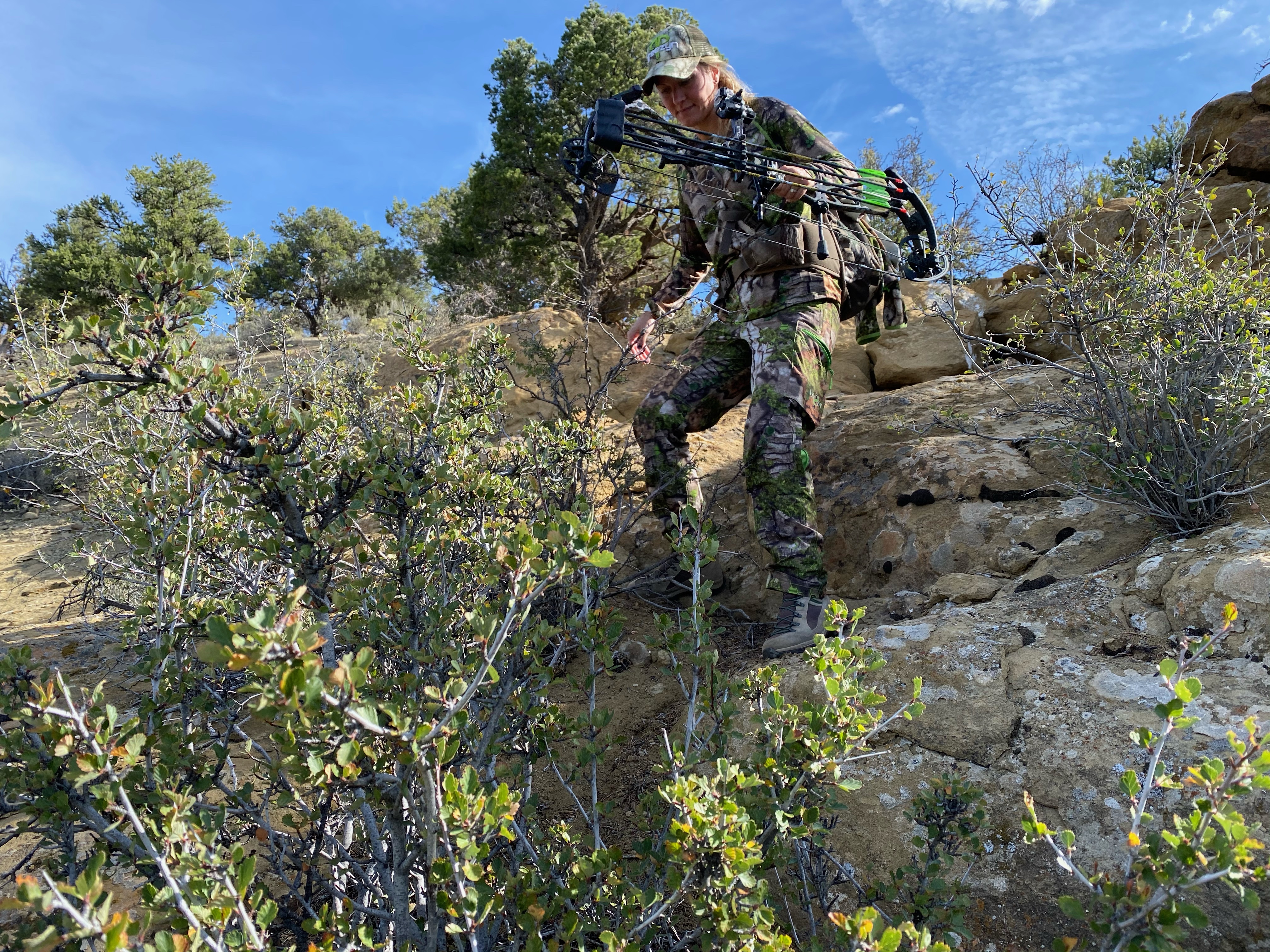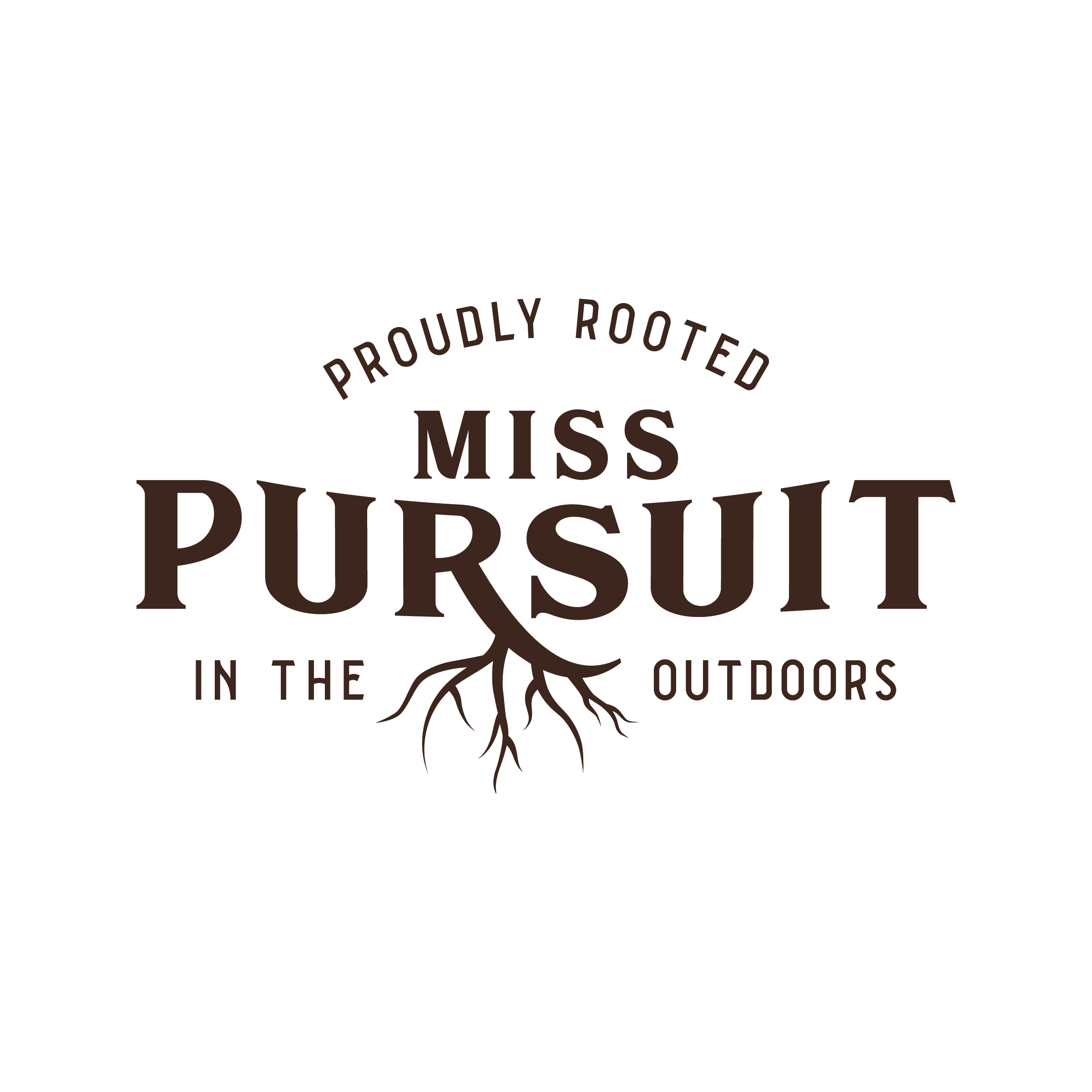There’s a reason they say it’s about the pursuit and not the kill. After my first trip out to Colorado to public land elk hunt with my husband (for our honeymoon nonetheless), I now totally understand why hunters pay thousands for guided hunts. The 10-day trip was one of the most physically and mentally demanding things I’ve ever done. But also one of the most rewarding.
Over the course of 10 days, we hiked an average of 10 miles of public land (BLM – Bureau of Land Management) per day, up and down over 20k steps/day, from 6 AM to 8 PM. To say the very least, it was a grind. We happened to hit a number of obstacles along the way, including very high temps (80+), a full moon, and several windy days where we could barely hear each other speak. Looking at the forecast at the start of the trip, we were encouraged by a mid-week cold front that was to be brought on by the wind, however, it happened to coincide with the full moon – and we all know how that goes.
Read More: Preparing for an Elk Hunt

We also had close calls interrupted by wild horses (twice), semi-trucks, and road-hunters driving past us on a trail they shouldn’t have been on– and then parking 50 yards from us and setting up (like seriously?). Due to these obstacles and more (like the wind changing as soon as we’d set up), the hunt was a challenge. The elk were quiet – and when we did hear them, they’d be on to the next ridge by the time we started to catch up. Quiet to the point that we’d get a response 100+ yards away, then nothing until you knew they were just out of reach 50 yards away thanks to a tipped rock or broken branch noise.
Read More: Bowhunting Tips for Accuracy – Mastering Precision and Consistency
All this to say – it was an amazing trip and honeymoon. As outdoorsmen, we couldn’t have picked a better way to spend our honeymoon than together in the mountains of Colorado chasing game. We got within 50 yards of sealing the deal several times – which is more than most public land hunters can say – thanks to my husband being a super talented and experienced hunter. We saw bears, pronghorns, muleys, coyotes and so much more wildlife. Not to mention the most beautiful sunrises and sunsets that stop you in your tracks. It was clear that He was often telling us to be still amidst the chaotic week, take pause, and appreciate His gifts before our eyes.
Tips for Hunting Elk on Public Land
Elk Behavior
Hunting elk is a lot like hunting turkeys. Call, close the distance, set up ample lanes and cover, and kill (hopefully). They’re mostly habitual, but don’t often stay in one spot too long. Their bedroom might literally be 5 miles from their kitchen. They like to hide and move in the fingers of the mountains where it’s dark and there’s a lot of cover. As soon as the sun sets, they move down to feed and get water. Out all night, once the sun rises, they’re headed back up the mountain and this is when you hear them the most and have the greatest chance.
By late morning, they’re settling into bed until close to dark. We had a few elk pinned down between 10-11 a couple of mornings and left them be when it was clear they weren’t going to leave their bedding area to later hunt at night. Therefore, in the morning you set up high to catch them on their way up, and in the evening, you set up lower to intercept them as they move down.

Elk have a nose on them. Just as good, if not better than, whitetails. You won’t win the scent battle, especially if you’re covering distance throughout the day. It’s hot, and you’re going to sweat – that makes playing the wind essential. We carried our Cirrus Wind Indicator everywhere and stopped what felt like every 50 yards on each pursuit to make sure we had it right.
Packing for a Public Land Elk Hunt
Travel light and efficient because you’ll be on your feet all day. The mornings are cold (20-30 degrees) so we’d layer up and by 8 am we were pulling those off (then putting them back on before the last light). Be sure to pack the following:
- Bow and bow sling
- Extra releases and extra broadheads
- Range finder and binos
- Field wipes (biodegradable of course)
- GPS unit or an app such as OnX (if you get caught one foot off public land you’re done hunting out west – it’s a felony)
- First aid kits
- Game bags
- Several good knives
- A comfortable backpack
- Lots of water and lots of snacks
- A good scent eliminator/cover scent (you can’t win this battle, so play the wind)
My downfall on this trip was the fact that I didn’t bring two pairs of hiking boots. The pair I brought were broken in, but perhaps too much. By day 4, my right Achilles was aching and swollen. If you can fit two pairs of hiking boots in your travel bag, I’d recommend it. Swap back and forth to ensure you’re not having the same rubbing touchpoints each day.
Read More: How to Give Yourself Grace During a Busy Hunting Season
Physical Fitness & Nutrition
It goes without saying that if you’re on a DIY bow hunt, you have to keep moving. The elk love to hang near or on private land, so you’ve got to get to them before they make it anywhere near those areas. Time is of the essence, and it isn’t in your favor. You’ll encounter just about every terrain on your quest from steep rock walls to scratchy sagebrush fields, and you’ll need the fuel to navigate it all. I ate and drank more on this trip than I ever have in my life and that’s no exaggeration. Make sure you have a lot of water or access to it, high protein snacks, carbs, and sugar – because you’ll burn right through it all.
Ahead of your trip, get active. Walk everywhere with ankle and wrist weights. Climb stairs or hike with a weighted backpack.
